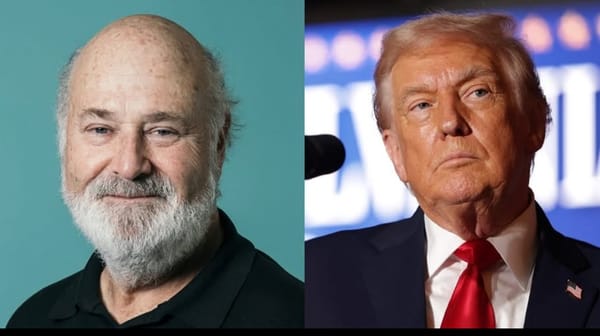U.S. Imposes 15% Tariffs on EU: “Good Deal for Everybody”?

Warning, serious stuff ahead:
WASHINGTON, July 27, 2025 — After months of high-stakes negotiation and looming trade threats, President Donald Trump and European Commission President Ursula von der Leyen announced a landmark agreement reducing proposed punitive tariff rates. While Trump had threatened 30% tariffs on most European goods, the final deal imposes a 15% import duty across the board—including cars, pharmaceuticals, and semiconductors—with steel and aluminum still subject to a 50% tariff .
In return, the EU pledged to purchase $750 billion in U.S. energy supplies and invest $600 billion in the U.S. economy, including military hardware—plus eliminate tariffs on select “strategic products” like aircraft parts and certain chemicals .
Trump described it as the “biggest deal ever made,” framing the compromise as a win for U.S. workers and industries—and, in his words, “good for everybody” .
🔍 Immediate and Long‑Term Impacts
Markets breathe easier… for now
Stock markets rallied on the deal, with U.S. and European indices climbing, thanks to the avoided escalation and improved clarity for corporations and investors .
Risk of higher consumer prices
A 15% hike on EU imports is far steeper than the previous average ~4.8% tariff rate—especially concerning for high‑volume categories like autos and pharmaceuticals. European exporters are expected to pass much of the cost onto U.S. consumers .
Tensions remain unresolved
Despite the deal, negotiations persist over key sectors—especially steel, pharmaceuticals, and semiconductors. Steel remains at a 50% tariff, pending potential quota adjustments, and details for pharmaceuticals remain murky .
European backlash underway
Several EU leaders, particularly in France and Germany, slammed the agreement as a “dark day” for European sovereignty—for conceding to U.S. demands just to avoid broader escalation . Meanwhile, grassroots movements and consumer boycotts are taking shape—in solidarity against U.S. policies perceived as aggressive or unfair .
🤔 Why Trump Targets Europe: Strategy, Distrust, and Disdain
Trump’s skepticism of Europe extends beyond trade. During his campaign and throughout his presidency, he has often accused European allies of undermining U.S. interests—exporting tariffs, under‑investing in defense, and relying on U.S. military protection while refusing to offer reciprocal access .
He has also aligned with eurosceptic nationalist figures—such as Hungary’s Viktor Orbán—who actively block broader EU unity. Trump clearly views a fragmented Europe as geopolitically weaker and more easily manipulated to the U.S.’s economic advantage .
At the 2025 Munich Security Conference, Vice President J.D. Vance accused European institutions of eroding democratic norms, criticizing the suppression of dissenting voices and targeting conservative viewpoints. His remarks drew scorn from EU leaders who saw the speech as a needless provocation and signaled that transatlantic ties are now transactional rather than ally‑based .
Put simply, Trump’s approach to Europe is rooted in America First protectionism, strategic distrust of multilateral alliances, and the belief that Europe must do more for itself—or get out of the way.
Bottom Line for Readers
- Short‑term resolution: A tariff deal avoided a more painful 30% rate and calmed markets.
- Medium‑term tension: Many unresolved issues remain, and EU dissent is brewing.
- Long‑term trajectory: Trump’s posture cements a new era in U.S.–EU relations—trade friction, political discord, and weakening alliances.
- I don’t like it!
In this era of protectionist diplomacy, Europe finds itself cornered: give in or escalate. Trump wants results—not partnership. And with this deal, he’s delivered on pressure, not partnership.
Julie Bolejack, MBA
P.S. He cheated (again) at golf on his trip to Scotland. PLUS Scottish protests were 💯



